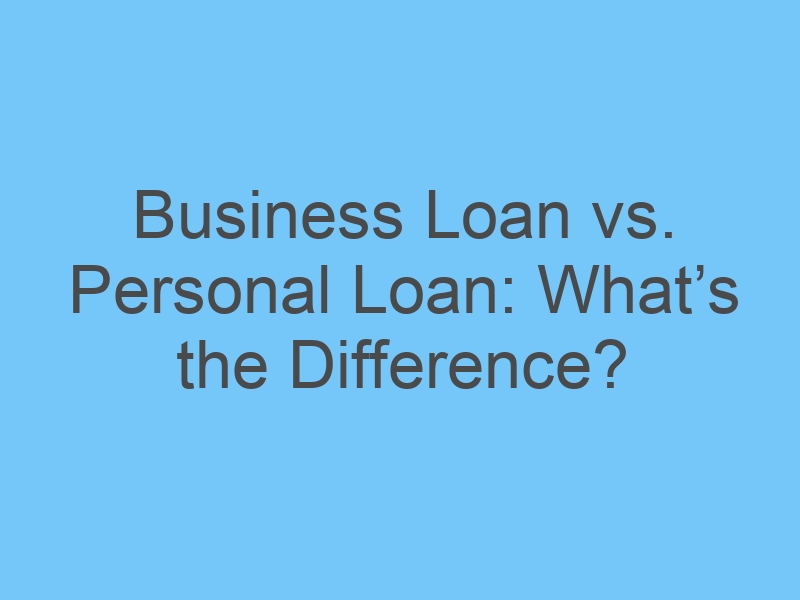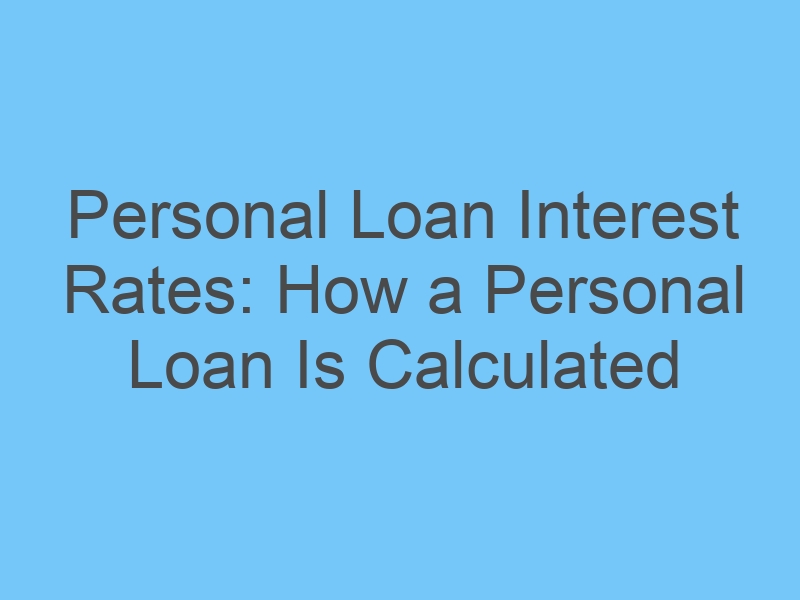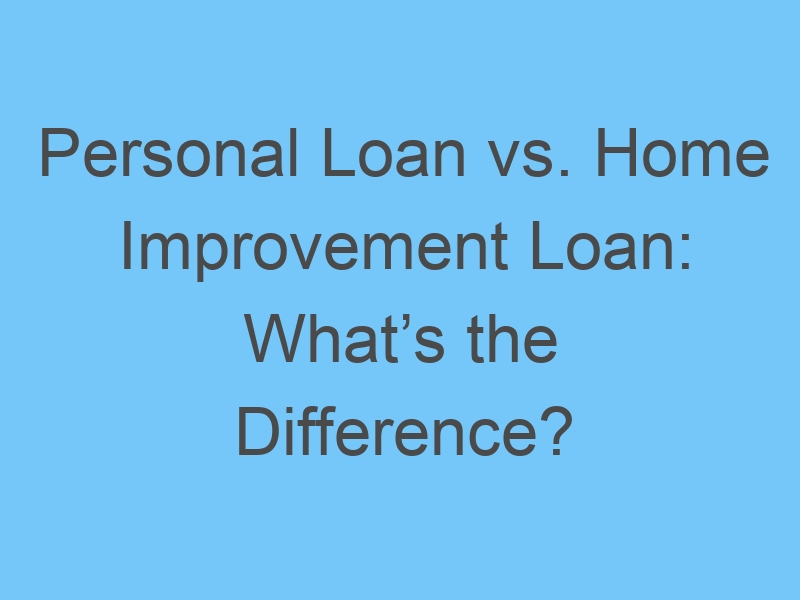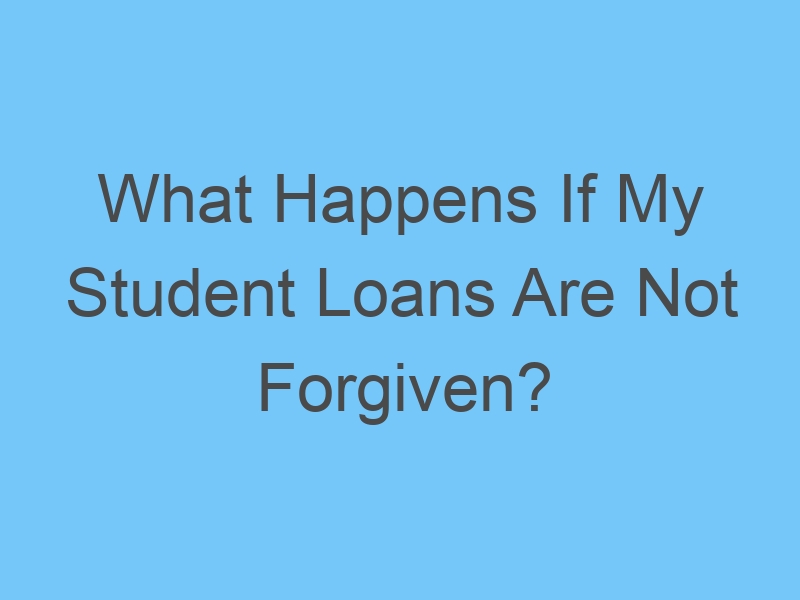
How to Get A Business Loan
Getting a business loan involves careful planning, preparation, and presenting a strong case to lenders. Here are the general steps you can follow to secure a business loan:
- Determine Your Loan Needs: Assess how much funding you need and how you plan to use it. Different types of loans may be more suitable for different purposes.
- Choose the Right Loan Type: Research and choose the type of business loan that aligns with your needs, such as term loans, SBA loans, lines of credit, equipment financing, or others.
- Review Your Credit Score: Check your personal and business credit scores. Lenders often consider credit history when evaluating loan applications.
- Prepare a Detailed Business Plan: Create a comprehensive business plan that outlines your company’s history, goals, financial projections, and how you intend to use the loan funds.
- Gather Financial Documents: Collect financial documents, including business tax returns, income statements, balance sheets, cash flow statements, and other relevant financial records.
- Research Lenders: Explore various lending options, such as traditional banks, credit unions, online lenders, and alternative financing sources.
- Compare Loan Offers: Obtain loan offers from multiple lenders. Compare interest rates, terms, fees, and repayment options to find the best fit for your business.
- Complete the Loan Application: Fill out the loan application accurately and provide all required documentation. Online lenders may have streamlined digital application processes.
- Submit Collateral (if required): Some lenders may require collateral to secure the loan. Prepare documents related to the collateral you’re offering, such as property deeds or equipment titles.
- Wait for Approval: The lender will review your application, credit history, financials, and other factors. This process may take some time, so be patient.
- Negotiate Terms: If you receive loan offers, review the terms and negotiate if needed. Clarify any questions you have before accepting an offer.
- Receive Loan Funds: Once approved, you’ll receive the loan funds. Ensure you understand how and when repayments are due.
- Use Funds Wisely: Use the loan funds for the intended purpose outlined in your business plan. Properly managing the funds will help your business succeed and build trust with lenders.
Remember that securing a business loan can be a competitive process, and approval is not guaranteed. It’s essential to have a solid business plan, strong financials, and a clear understanding of the terms before committing to a loan. Consider seeking advice from financial professionals or business advisors to help guide you through the process.

Dr Clara Lee is specializes in aesthetic/cosmetic plastic surgery of the face, nose, breast and body, and is considered one of the best facial plastic surgeons in the world. MD, FACS, is highly qualified and experienced in the field of plastic surgery and aesthetic care and has performed over 10,000 surgical procedures.
About
Dr. Clara Lee couples his outstanding professional credentials and ethics with a personalized approach to patient care and a keen eye for aesthetic beauty.
Specialties: plastic surgeon, plastic surgery
by Clara Lee
Reviewed by Clara Lee
approved by Dr Clara Lee








